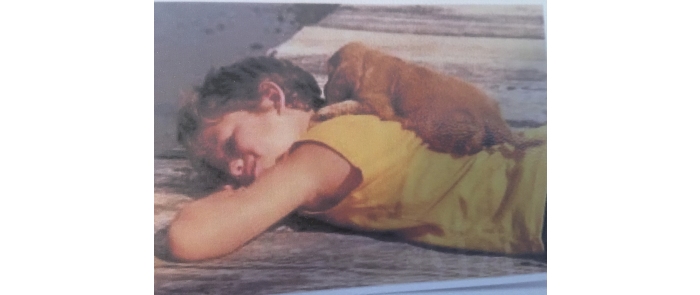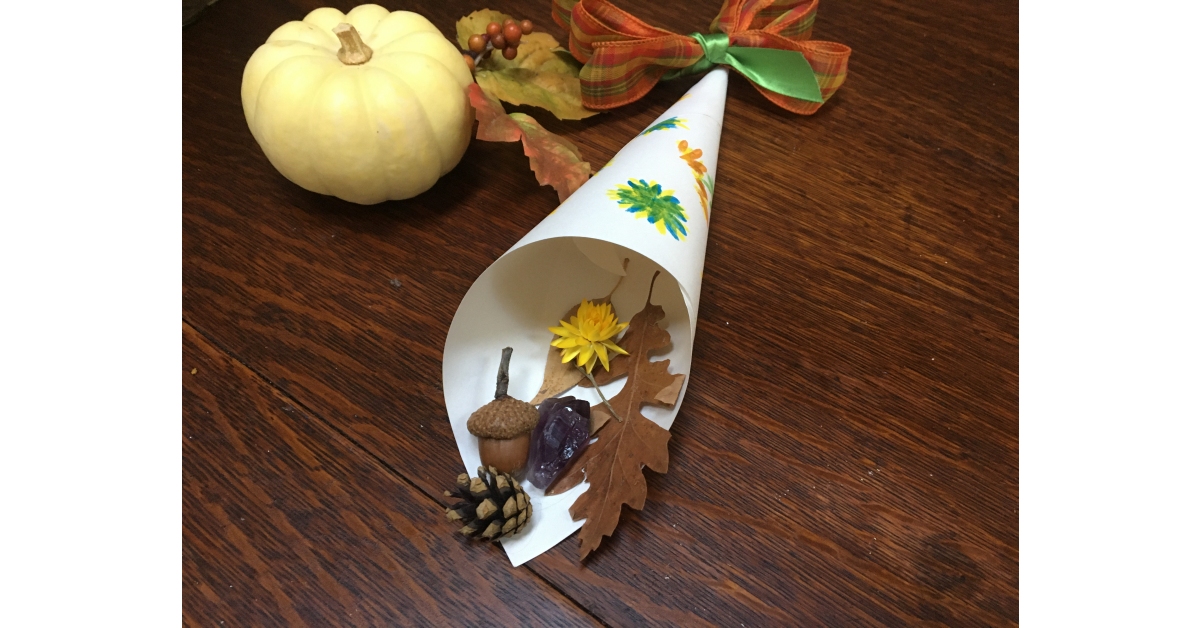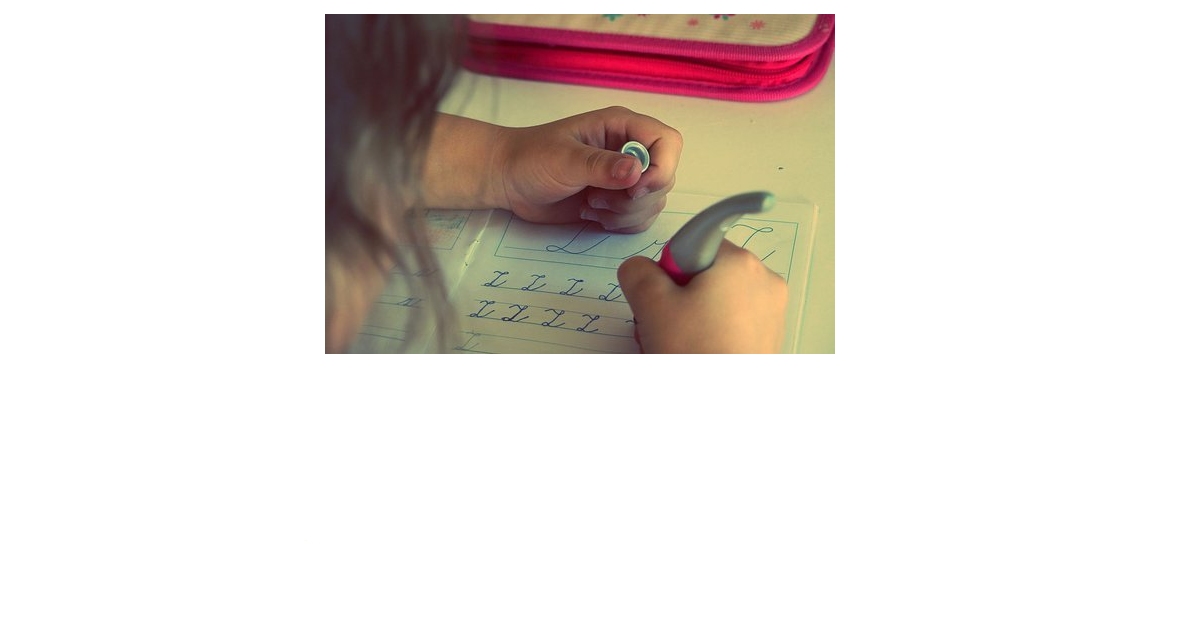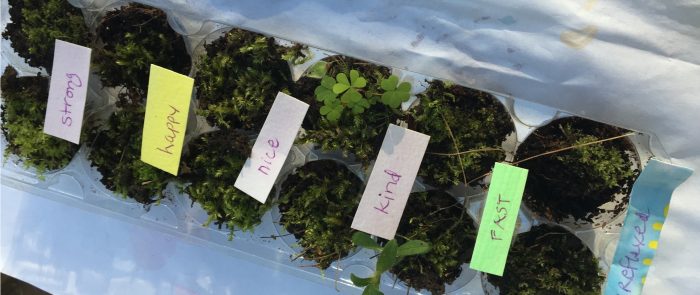Author Archive
Listen here to Dr. Roxie’s interview on
Doctor Health Radio from Honolulu, Hawaii
She discusses “what improves mental health?” Find out how your heart/brain
is a powerful electromagnetic device that can boost your immune response
and be felt up to twenty feet away.
The most important gift you can give your children is connecting with them
from a place of calm. Learn how imagining a Hawaiian island retreat is good
for your kids and even better for you!
Thanksgiving Storytelling Family Tradition
By Dr. Roxanne Daleo
“ …and that’s true love!” said my grandpa… his voice made my mind conjure up the entire scene: I see it as if it were real, mom serving dessert after a big Italian-American feast for Thanksgiving Day, always prepared with love by my parents in what I believed to be our beautiful New Jersey home. But the fact is, it was only my grandfather’s voice coming from an audio cassette player. A tape I nearly tossed in the trash moments before to clear the clutter from my garage. So glad I have this priceless treasure today.
Through “imagining” you mentally “see.” Your brain takes the audio input of a voice and provides you a “mental picture”. In this case, it pulled out a memory of the past and my brain served up a scene so vivid you relive it as if it were happening in the present. My grandfather’s philosophy about true love were his words of wisdom I’ll treasure forever.
Your brain can also take an idea or visualization to create a future-self. Your brain can be directed using mental imagery which is really a kind of storytelling.
When you add the auditory aspect, such as a voice, you add a person’s energy because your voice is the blueprint of your soul. Listening to the sound of your own voice is a powerful way to imprint and direct your subconscious mind.
Add the background music and the brain automatically enhances the imagery experience as if it were real. The mind makes no distinction between real and imagined information; this is why using guided imagery narrations for relaxation are a powerful form of mind/body medicine. Scientists are learning how we manipulate and examine pictures of the mind and develop internal states of awareness, resilience and balance.
Many world cultures have been using the power of mental imagery in the form of storytelling. Let’s look at the Native American culture specifically, they have been using the art of telling stories passed down from one generation to the next as their primary form of wisdom communication. Traditionally, Native Americans transmit by story their mythology, spiritual and historical understandings of themselves and the world in which they live to their children.
Storytelling creates the mental imagery in the minds and hearts of the young, that which elders did not want forgotten. In this way, the elders ensured young would not lose sight of their roots, important knowledge that would allow them to live in harmony and cooperation with the natural world.
So this Thanksgiving why not try to capture more voices of the elders in your tribe, the seniors in your family. Allow them to pass on their words of wisdom to the children as part of the formal celebration for which we are giving thanks and deep appreciation. In this way, you can be sure your children and their children have your family’s important knowledge through the beautiful storytelling tradition.
7 Keys to Cultivate Storytelling Family Tradition
1.Give your children and their children a beautiful way to honor their elders by asking questions about their roots, heritage, country of origin and the ways of their people.
2.Use a recording devise to capture and remember forever, the voices of the senior family members and their words of wisdom.
3.Make the bedtime ritual include recounting meaningful memories you made this Thanksgiving holiday (holy day).
4.Create a work of art. Draw, paint, sing a song or dance your newly realized wisdom tradition.
5. Each year collect keepsake photos, images and quotes in a box or a book.
6.Ask your child to express the kind of person they want to become; share the vision of a world they want to see and live in.
7.Have your child record their own voice to express their visions. Speak about appreciation, love and peace. Play this recording before sleep so the subconscious mind can bring good thoughts to every cell in your child’s body.
SPECIAL OFFER: Head on over to www.drroxannedaleo.com for your free sample Guided Imagery Relaxation Journey
“Kissing Joy”
By Dr. Roxanne Daleo
Have you ever noticed the way a humming bird darts from one flower to the next, barely staying long enough for you to observe this little creature? Seems the humming
bird has mastered the art of “kissing joy”; it is the practice of the light touch. As it navigates its world, the hummingbird is touching but not holding onto the sweetness or the non-sweetness of life
In my work helping anxious children help themselves calm down, I find it is their
perception of the event in their lives that causes most distress. They are not realizing
they are the ones who assign meaning to all events. Here’s an example: Katie explains, “this bad thing happened at school— everyone keeps looking at me and saying I look sad, am I ok?”
The essential ingredient for tapping into our inner resources is to understand we always
have a choice about how we label the events. Our own mind can heal or hurt us; awareness is the path to manage our ocean of emotion. Awareness is being present without labeling, criticizing, or judging.
The most common reaction to the good things that happen in life is to try to hold on,
hold on tighter, making every effort to have that good stay and wall out the bad stuff.
Try as we may, we don’t want anything bad to happen to us; whatever “bad” is! And-
if that bad thing does happen, we’ll say: ”This is a very bad, horrible, terrible thing!”
Rather than, suspending judgement and saying to yourself: “This is interesting…could be bad, could be good.”
In the teaching tale, Zen Shorts: The Farmer’s Luck, the story reveals the assumptions
of what the neighbors call “bad luck” or “good luck” turns out to be the opposite. Through various experiences, the farmer resists the temptation to agree with his neighbors’ opinions. For example, his son falls off a horse and breaks his leg, everyone says, that’s too bad, bad luck! But, in fact, a few days later when the soldiers come to their village to take able-bodied young men off to war, his son is passed over because he has a broken leg!
Can we be both present to the experiences of our lives while, at the same time, being non-judgmental, accepting and curious?
Can we learn to see them, be with the experience without trying to push it away? Can we allow ourselves to feel difficult feelings, rest in it and be?
And if it is a happy, welcomed event, can you learn that ”kissing joy” as she flies by is a wonderful way to play with your imagination, tapping your inner resources in order to be present, notice, enjoy it but not become attached to it? Kiss it and let it go.
And then can you practice, with this same awareness, to be present and notice when something seems awful? Can you practice watching your feelings of sadness without getting lost in them?
Like gathering, collecting all life experiences, noticing the contrast like the many shades of green in nature’s landscape?
Say to yourself: “As I use all my senses to take note and savor,
I am present and open to all the feelings in my life.”
The practice of “kissing joy” is an opportunity to become aware of how you can direct your mind to focus- without judging, without making a strong, negative opinion; but rather, just noticing and collecting.
Making a collecting basket, is a tangible way to practice this idea and internalize it for yourself and your child. Say to yourself, “Today, as I am filling my basket with the little things in life— good or bad, happy or sad. I am noticing and collecting with awareness, gentleness and gratitude.”
So fill your basket, as you expand your awareness.
Say to yourself; “ I’m feeling the warm breeze on my face or
I’m hearing a song that makes me cry” …
Imagine putting it all in your basket for the day.
Throughout your day, you may want to place in your basket objects like a special photograph or the penny you found on the ground.
At the end of your day, the contents can be taken out and reflected upon as a form of
awareness practice. Be gentle with yourself.
Then you can begin all over again the next day. Empty out the contents; let go of the previous day to make room for the new, the now, of today.
As in the ancient mediative tradition, keep your basket empty. When you do, it becomes a practice of taking in, breathing, watching, and recognizing the every day passing events–like ”kissing joy” lightly, not tightly!
As joy flies by as you’re on your way
Give it a kiss and go on with your day.
Embrace the fullness of all that you feel
Welcoming everything-keep even your keel!
Wisdom runs deepest, your open heart knows
To gather the highs, as well as the lows
“Kissing joy” instead of holding too tight
Offers the lesson: there’s no wrong, no right.

How To Make A “Kissing Joy” Cornucopia
“As I gather, reflect and release the bits and pieces of my day
I feel peace, kiss joy and gratitude experienced on my way!”
www.drroxannedaleo.com
-
Take this sheet of paper and decorate the blank side on back (or both sides if you wish) with crayons, markers or anything else that make it special and unique to you.
-
Start at the bottom right corner of this page (with the text side facing up) and begin rolling the sheet on a diagonal from bottom right to top left.
-
As you roll the paper and the top fans out into an open cone, keep the left bottom corner of the page in a tight point.
-
Secure the long outside edge of the paper with tape.
-
Use the cornucopia as a holder of daily things for which you want to be mindful and give thanks. You can place actual objects such as a a shell, acorn, leaf, or coin as well as pieces of paper on which are drawn or written personal experiences such as “walking through crunchy leaves on a sunny autumn day”, or “discovering a new ice cream flavor because the store was out of my usual favorite”. The idea is to take notice of gifts and opportunities in the ups and the downs, the highs and the lows, the rain and the rainbow.
-
Once collected, take time at the end of your day to look at your cornucopia and its contents and reflect back on the simple things that reveal themselves to us each and every ordinary day and the blessings they hold. Each day gives us new opportunities to discover and explore joy.
“As the school season kicks off, Dr. Roxie reminds us that just as we would
teach our children the art of penmanship, first letters then words and
sentences;
we must also teach our children the art of “thoughtmanship.”
Before you speak, think about your message- whether it is self-talk or
talking
to others, be deliberate with your thoughts and words. Because your
thoughts are carried by your words. And your words generate the energy of
your intention. Your energy can be felt, it goes in front of you when
entering a room.
Dr. Roxie’s guided imagery relaxation audios teach you and your child how
to foster powerful “thoughtmanship”- here’s a sample Mp3 perfect for
broadcasting. She uses metaphors, music, nature sounds and children’s
laughter as well as her own soothing voice to guide the listener with
rhythm and rhyme to imagine.
“…you can do it, you can make a pearl from a grain of sand in the magic
of now all things are possible, in the magic of the moment in this one and
this one too… you can turn your pesky thoughts around and create
something new. You can make a difference, you can make yourself feel
better…Love yourself, believe you
can…”
Dr. Roxie is available to discuss more mind/body strategies from her
upcoming book for you and your child, *Energy Blueprint of Health Integrity*
.
Visit: www.drroxannedaleo.com for FREE Gift
“All the flowers of tomorrow are planted in the seeds of today.”
By Dr. Roxanne Daleo
Today, we need to plant some “seeds of change.” Change for the better! We all have the potential to use our inner vision to see a world we want to live into! Holding an intention of what we want” is empowering.
Ask, “what do I consciously want to create?” The choices we make will determine the quality of life on our planet. Now is the time to decide. Let’s create a new world rather than be diminished by fear.
Mindful seed planting builds self-esteem, creativity and generosity.
Furthermore, selecting seeds for growing herbs that calm you is an additional
measure of body/mind wisdom. For example, camomile and lemon balm make soothing teas,
perfect to drink in the late afternoon or right before bed.
Our minds are like gardens. We can grow either thorny weeds by thinking negative, fearful thoughts or we can grow beautiful, tender flowers.
Here’s a simple, tangible way to encourage yourself and your child to develop health integrity that encompasses all aspects of their being- mind, body, and spirit.
Find an empty egg carton for planting seeds of change. Fill the each egg cup with potting soil. Ask your child to label each row of two cups with a word describing their ideal world such as peaceful, healthy, happy. Water the seeds and place in the sunlight. Watch what happens when the magic of intention is energized!










